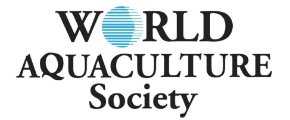RELATIONSHIPS BETWEEN ENVIROMENTAL FACTORS AND ABUNDANCE OF Vibrio parahaemolyticus IN INTENSIVE TANK-BASED CULTURE OF Penaeus vannamei
Disease outbreaks caused by some species of bacteria belonging to Vibrionaceae strains are prevalent in shrimp aquaculture. Recently, a strain of this Vibrio parahaemolyticus was identified as the causative agent of early mortality syndrome or AHPND which devastated shrimp farms in many parts of Asia. V.parahaemolyticus was identified to be one of the dominant Vibrio species frequently isolated in aquaculture farms. In the present study, different water quality indicators in the intensive tank-based culture of Penaeus vannamei were monitored and their relationship with the occurrence of V. parahaemolyticus was evaluated. Three shrimp culture techniques were evaluated, i.e. clear water, tilapia green water, and biofloc technology. In all culture techniques, the abundance of V. parahaemolyticus were found to be negatively correlated with dissolved oxygen and plankton count and positively with concentrations of nitrite, phosphorus, and settleable solids. Changes in temperature, total ammonia nitrogen, carbohydrate concentration, alkalinity and pH of the water did not have significant relationship with the Vibrio sp. density.













